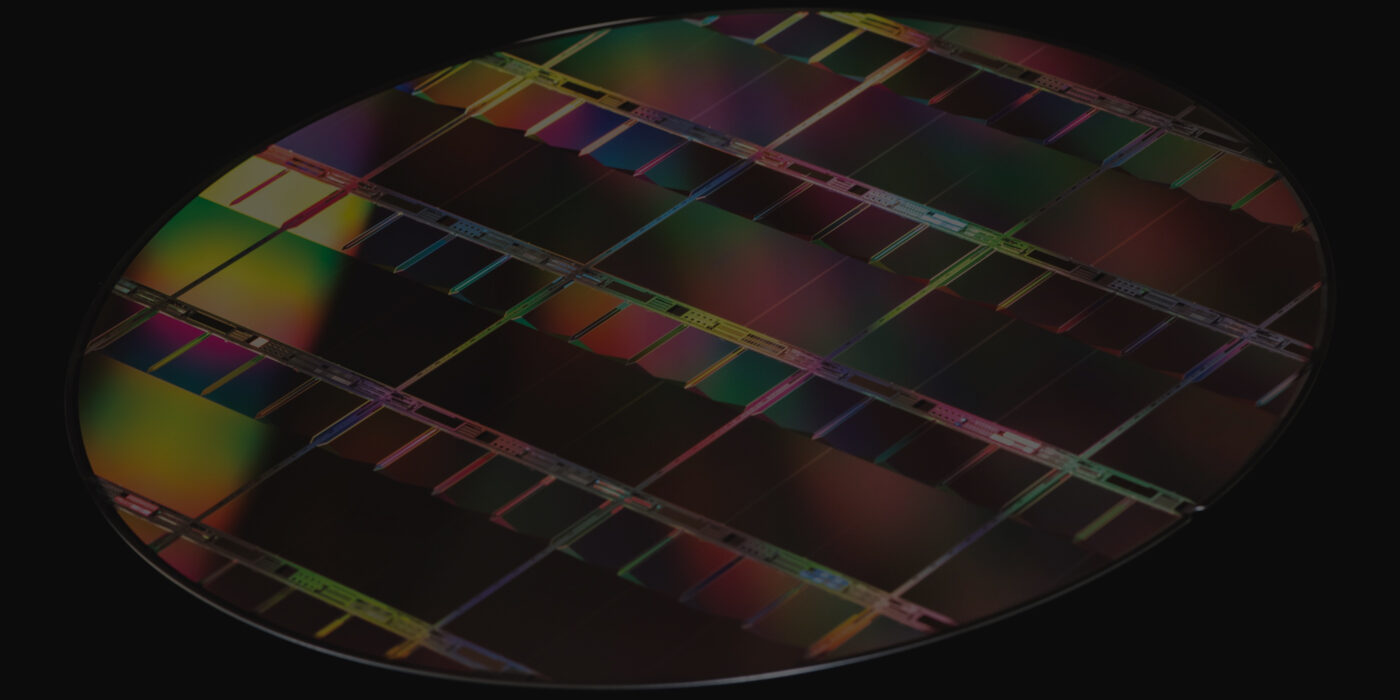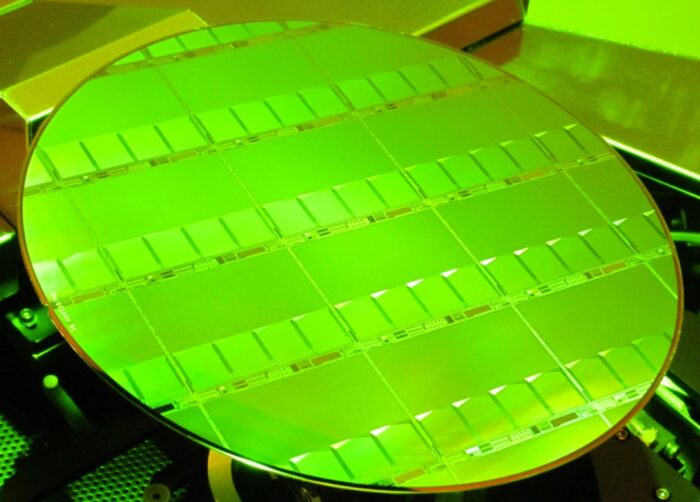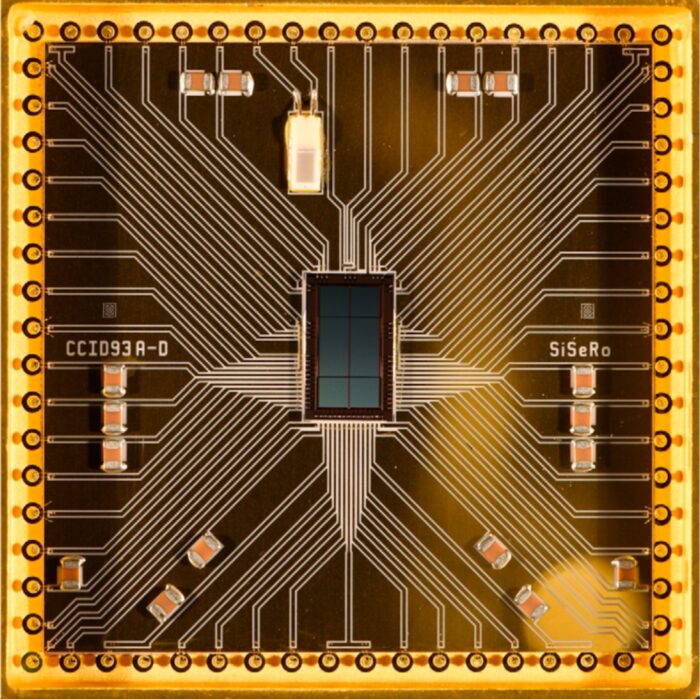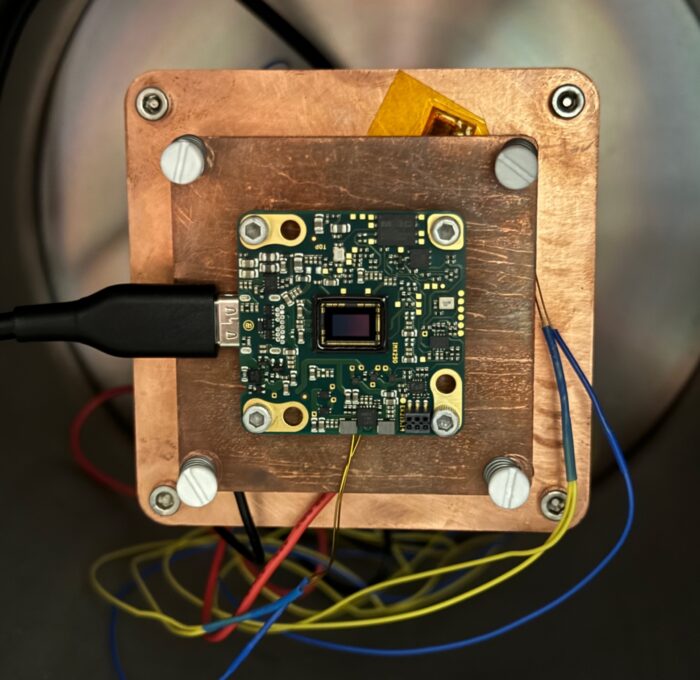X-ray Detector Lab

The X-ray Detector Lab at MKI encompasses a range of scientific, instrumentation, and engineering interests. A major activity is the development and testing of next-generation X-ray imagers for future NASA missions from smaller Explorer to the largest Flagship class.
Similar development, testing, and calibration have been done for highly successful NASA missions over the past three decades, including ASCA, Chandra, HETE-II, Suzaku, and NICER.
The principal goal of the current work is to develop new X-ray imaging detectors with the near-physics-limited performance of those that have flown on past missions, but with orders of magnitude faster frames rates and much lower noise. Much of the effort has concentrated on Charge Coupled Devices (CCDs) under development by the Advanced Imager Technology Group at MIT Lincoln Laboratory. One such sensor exploits a new single-polysilicon gate structure and advanced on-chip amplifiers that allow the fast, low-noise, low-power readout required by future strategic NASA mission concepts such as Arcus, Lynx and AXIS. Another sensor type is made of germanium, rather than silicon, and offers the possibility of greatly improved sensitivity to higher energy X-rays. The X-ray detector lab specializes in characterizing and understanding the X-ray response of these devices and in using that knowledge to develop and validate physical models of them.
In collaboration with other groups at MKI, we are also exploring how active pixel sensor technology, including scientific CMOS (sCMOS) sensors, can be adapted to meet the needs of X-ray astronomy. sCMOS devices have advantages over CCDs, such as very high frame rates and higher radiation tolerance, but some disadvantages. Initial tests of a relatively inexpensive commercially available device show promising results for energy resolution and low energy detection, and we are expanding our X-ray testing program to a variety of devices.

A wafer containing multiple MIT Lincoln Laboratory CCID-94 CCD imaging chips. Similar devices fabricated have been tested in our X-ray detector lab facility.
Credit: MIT Lincoln Lab

A CCID-93 CCD fabricated by MIT Lincoln Laboratory. These devices have undergone testing in our X-ray Detector Lab facility as part of a research project to develop fast X-ray imagers for future missions.
Credit: MIT Lincoln Lab

A commercially available sCMOS sensor ready for X-ray testing in the lab.
Credit: MKI X-ray Detector Lab
Members of the Lab use their experience with flight detectors in other ways as well. The Wide-Field Imager (WFI) due to fly on the ESA-led Athena mission in the 2030s will address astrophysics questions of particular interest to our group, including a planned deep survey to detect groups and clusters of galaxies in the early Universe and to explore the very faint, outer regions of nearby clusters where they accrete matter from intergalactic space. These challenging observations require a careful removal of the particle-induced background at the expected Athena orbit.
The lab works with collaborators in Europe and at several US institutions as part of the Athena WFI Background Working Group to understand the level and variability of this background, largely produced by Galactic cosmic rays whose flux is modulated by Solar activity on a variety of timescales. This work builds on our extensive operational experience with our flight instruments and includes simulating the interaction of high-energy cosmic-ray protons with the WFI instrument structure. They use the Geant4 tool set, and produce simulated WFI observations that include the background signal generated by these interactions. The goal is to develop background mitigation strategies to enhance the science return of the WFI deep survey. They are also extending this work to improve the sensitivity of future NASA-led X-ray imaging missions.